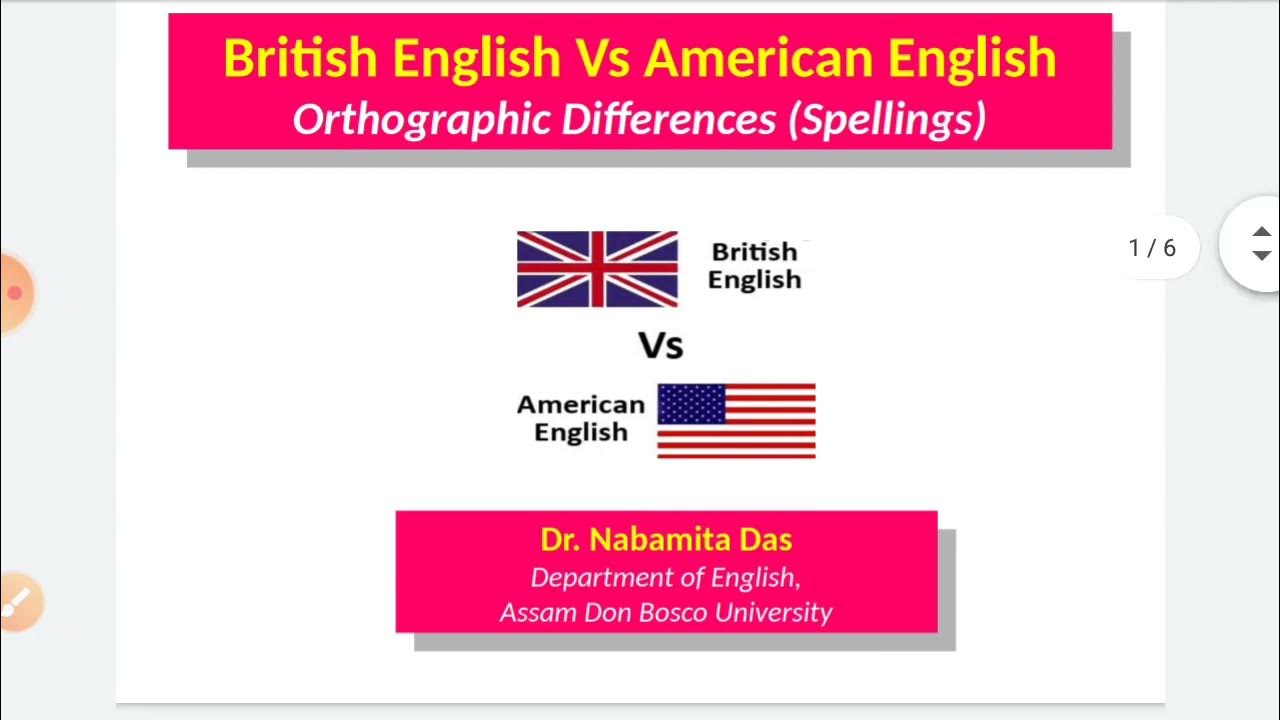7-Eleven Is Reinventing Its $17B Food Business to Be More Japanese | WSJ The Economics Of
Summary
TLDRThe video explores 7/11's transformation in the U.S., aiming to infuse Japanese influences into its offerings. With over 13,000 locations and $72 billion in sales, the company is shifting focus from traditional tobacco and gas sales to a more food-centric approach. After being acquired by Japan's Seven & I Holdings, U.S. operations are adopting a data-driven strategy for inventory and product selection. The chain plans to boost store brand food sales and enhance its menu with diverse offerings, like spicy miso ramen. Ultimately, the success of these innovations hinges on American customers' enthusiasm for convenience store dining.
Takeaways
- 🍙 7/11 is expanding its Japanese-inspired offerings in the US, moving beyond its traditional focus on Slurpees and hot dogs.
- 📈 The company generated over $72 billion in sales last year with over 13,000 locations in North America.
- 🍔 As cigarette and gas sales decline, 7/11 is pivoting towards food sales, which currently account for 24% of overall sales.
- 🛠️ After struggling financially in the past, 7/11 is now owned by Seven & I Holdings, a Japanese company that emphasizes data-driven operations.
- 📊 The Japanese model for 7/11 relies heavily on analyzing sales data by time, gender, and age to inform inventory decisions.
- 🚚 American 7/11 stores are implementing a new distribution system to improve inventory management, moving from bi-weekly to daily orders.
- 🥡 Food offerings in Japanese 7/11s are diverse and tailored to local preferences, something the American stores are now trying to emulate.
- 🍜 New food items like spicy miso ramen soup are being introduced in US stores to attract more customers.
- 📱 The loyalty program has 95 million members, allowing 7/11 to target advertising based on customer demographics and purchasing behavior.
- 🏪 Delivery is becoming a significant and profitable segment for 7/11, with delivery orders averaging double the amount of in-store purchases.
Q & A
What is the main focus of 7/11 in the US as it looks to change its business model?
-7/11 is focusing on incorporating more Japanese-style offerings, especially fresh food and localized products, into its American stores.
What are the historical challenges faced by 7/11 in the US?
-7/11 faced bankruptcy twice, once during the Great Depression in 1932 and again in 1990 due to struggling with debts.
How did the ownership of 7/11 change and who currently owns it?
-7/11 is currently owned by Japan's Seven & I Holdings, which acquired a majority stake through its subsidiary Ito Yokado.
What are the key differences between US and Japanese 7/11 stores?
-Japanese 7/11 stores are smaller, do not sell gas, and have a wider array of fresh food, while US stores are larger, often attached to gas stations, and had less efficient inventory systems.
What approach to inventory management does the Japanese model emphasize?
-The Japanese model emphasizes data-driven inventory management, analyzing what sells well at different times and customizing orders based on detailed sales data and local trends.
What percentage of 7/11's overall sales in the US came from food last year?
-Last year, 7/11 in the US sold over $17 billion in food, accounting for about 24% of its overall sales.
What is 'tanpin kanri' and why is it significant for 7/11's operations?
-'Tanpin kanri' is a Japanese approach to operations that focuses on localizing the product assortment to meet the needs of customers, which 7/11 aims to implement in the US.
How is 7/11 adapting to changes in consumer behavior regarding traditional revenue streams?
-7/11 is doubling down on food offerings as demand for traditional revenue sources like tobacco and gas decline, recognizing food as a stable category.
What is the role of data in 7/11's strategy for increasing food sales?
-Data plays a crucial role in 7/11's strategy by informing inventory decisions, targeting advertising, and understanding customer preferences to enhance impulse purchases.
What is the fastest-growing part of 7/11's business, and why is it important?
-Delivery is the fastest-growing part of 7/11's business, as delivery orders tend to be about double the amount of in-store purchases, making it highly profitable.
Outlines

此内容仅限付费用户访问。 请升级后访问。
立即升级Mindmap

此内容仅限付费用户访问。 请升级后访问。
立即升级Keywords

此内容仅限付费用户访问。 请升级后访问。
立即升级Highlights

此内容仅限付费用户访问。 请升级后访问。
立即升级Transcripts

此内容仅限付费用户访问。 请升级后访问。
立即升级浏览更多相关视频

É ora di CAMBIARE Sistema Operativo?

DETIK DETIK TIMNAS LOLOS 16 BESAR ERICK PERPANJANG KONTRAK STY HINGGA 2027 ~ IDN VS AUSTRALIA

Orthographic Differences II American English Vs British English

Windows 11 vs Windows 10: The Real Differences That Matter

PERBANDINGAN WINDOWS 7,8,10,11

I tried Tiny11 on a Laptop from 2008..
5.0 / 5 (0 votes)
